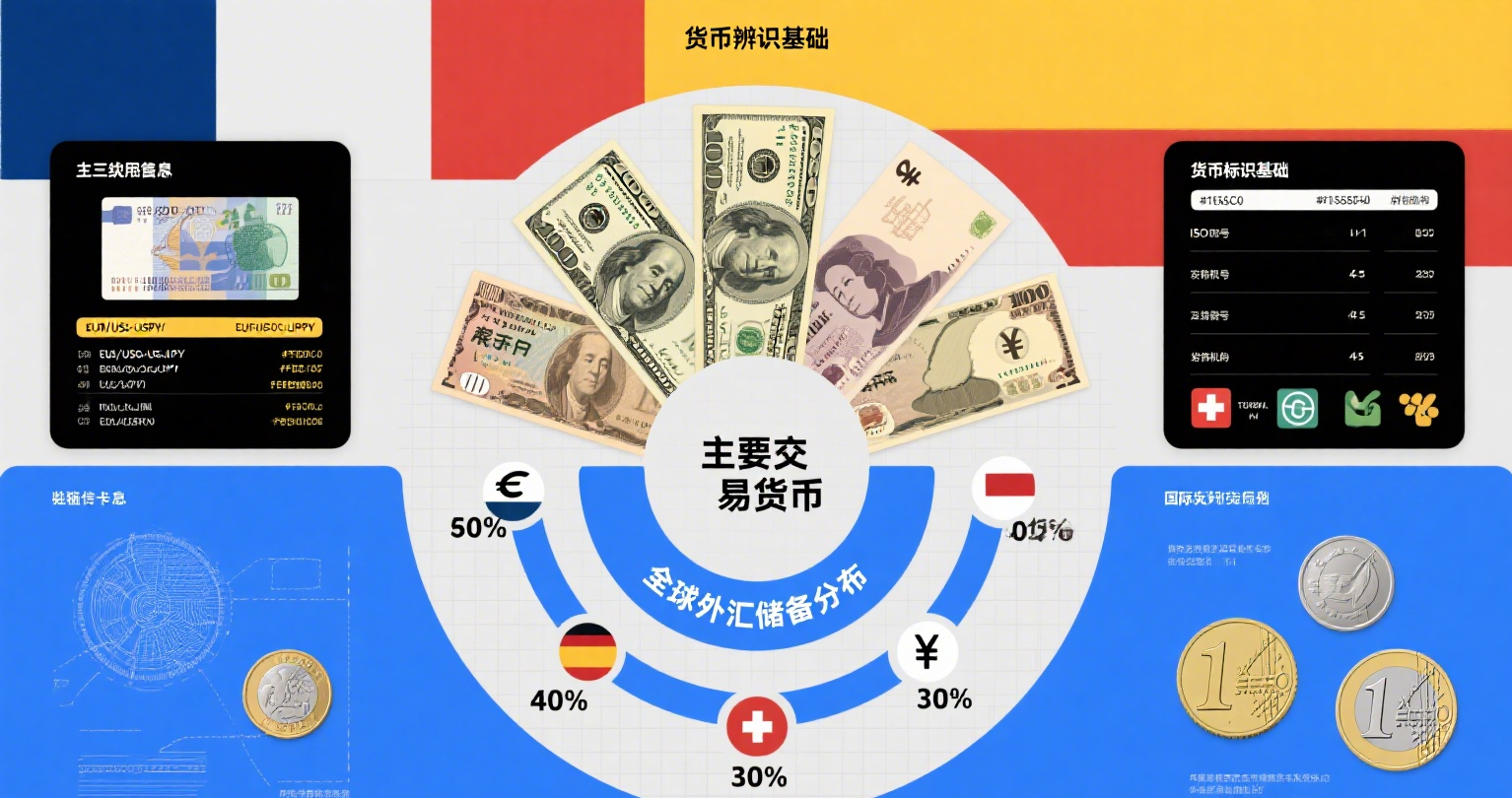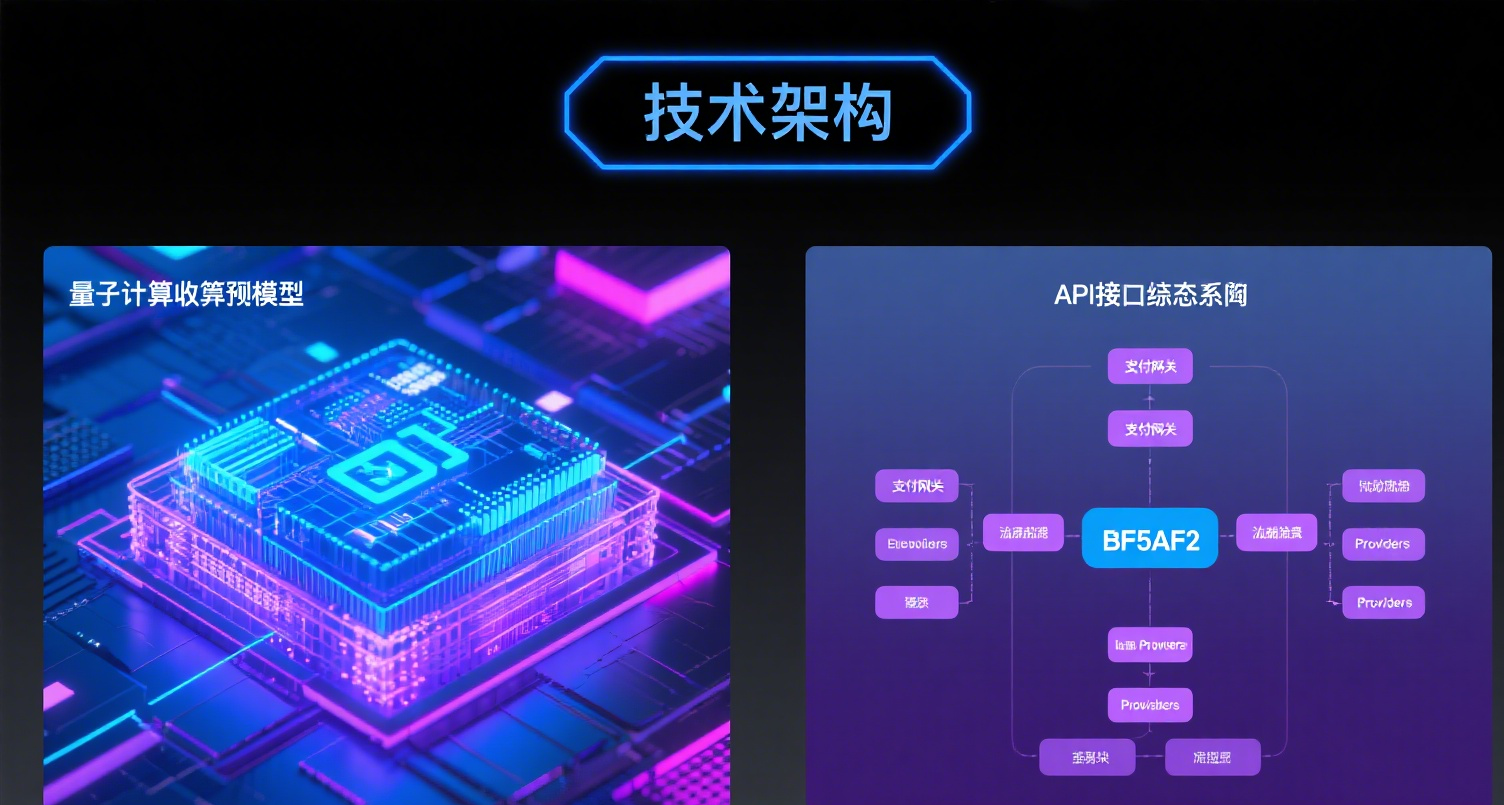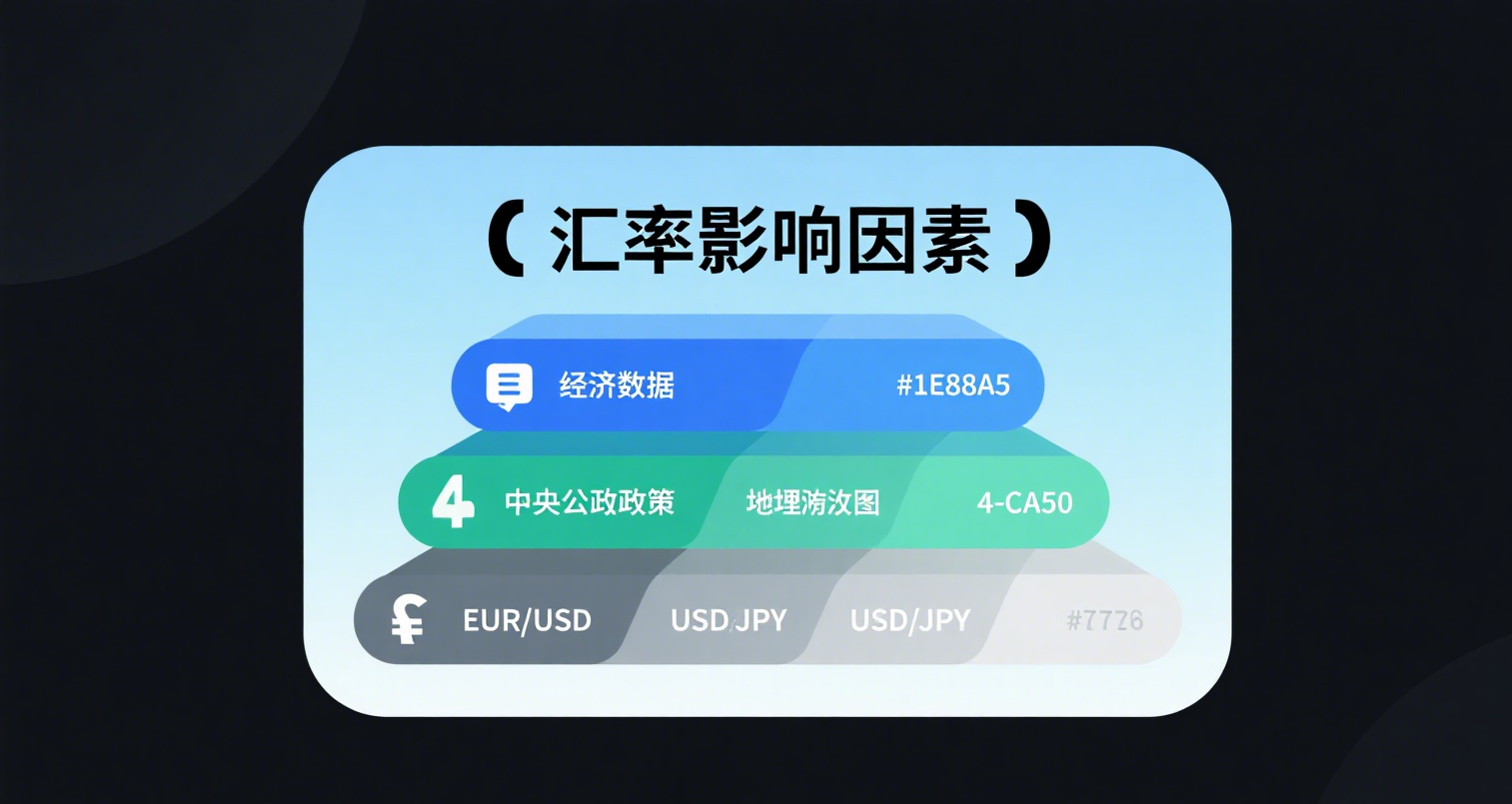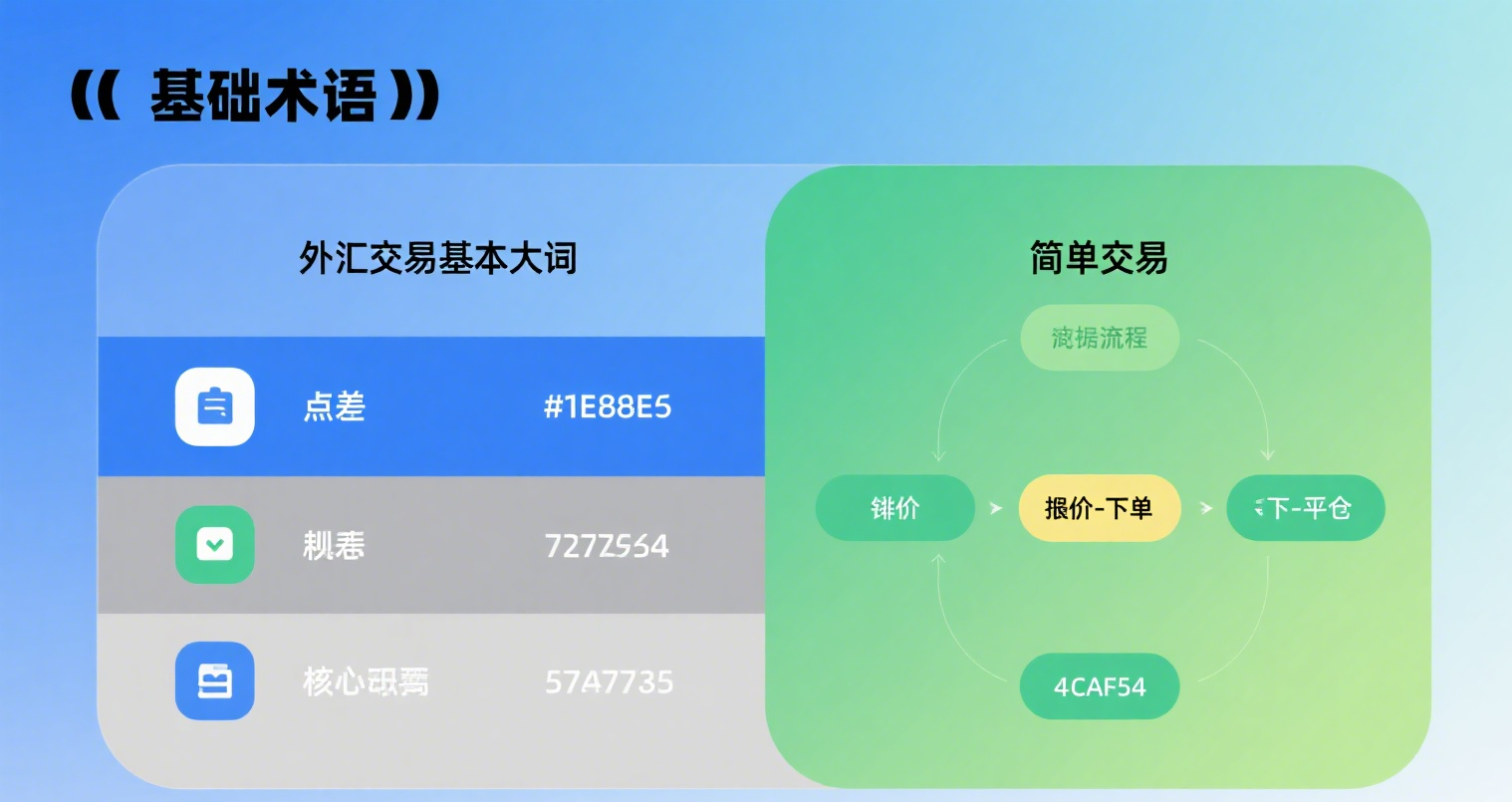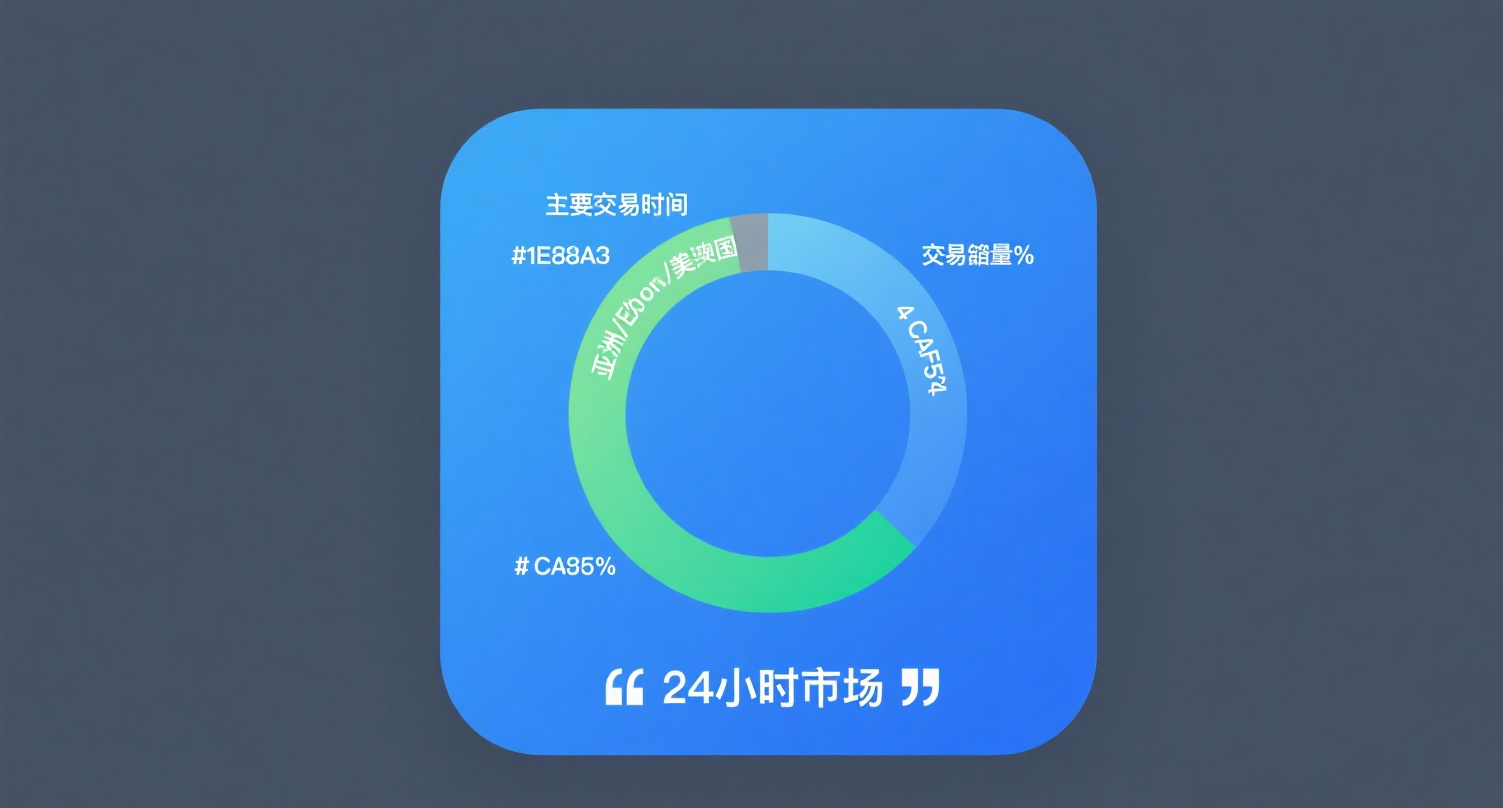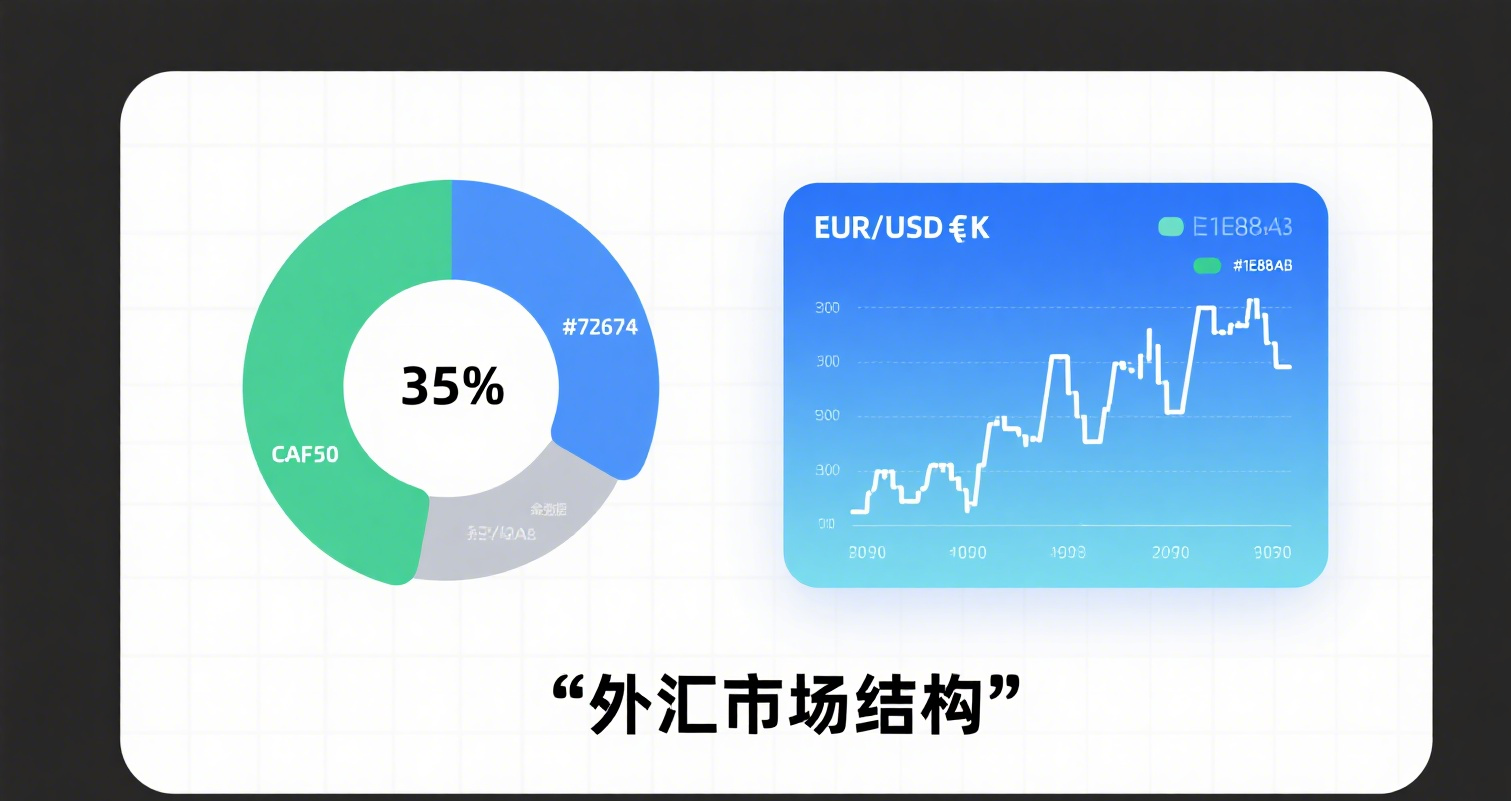
What is P/B Below 1?
P/B below 1 refers to a stock whose price per share is lower than its net asset value (NAV) per share. It is also called "trading below book value." Stocks with a price-to-book ratio (P/B = market price/net asset value) < 1 are considered P/B below 1 stocks. For example, WKA once had a P/B of 0.56, with a stock price of 11.66 yuan and NAV per share of about 20 yuan.
Net assets (Net Asset) are calculated as total assets minus total liabilities on the balance sheet. For listed companies, net assets divided by total shares outstanding equal NAV per share. NAV per share reflects the value of a company's net assets and serves as an important foundation for stock prices. A higher NAV per share indicates stronger wealth represented by each share, typically suggesting better profitability and resilience against external factors.
What factors lead to stocks trading below book value?
Generally, stocks prone to P/B below 1 belong to industries facing cyclical downturns, limited growth potential, or intense competition—often sunset sectors heavily impacted by macroeconomic tightening, such as coal, steel, and power (capital-intensive industries). Others, like banks, are mature businesses possibly entering decline. Bank stocks have large market caps and require substantial capital to rally, making gains difficult during liquidity shortages. Thus, they may trade below book value long-term, with P/B ratios below 1, indicating clear undervaluation.
Are P/B below 1 stocks worth buying?
P/B below 1 reflects pessimism among institutional and retail investors about the industry or company, suggesting limited investment appeal. These stocks are very cheap, and if prices eventually rise, returns could be substantial. Over longer cycles, such stocks may revert, but the timing is hard to predict.
Profitability after buying P/B below 1 stocks hinges on whether the company can endure the downturn or wait for broader economic recovery, improved industry conditions, or internal restructuring to boost earnings. Some rebound quickly, while others languish below NAV for years. If the cycle is too long, time costs and inflation may erode returns, making the investment unattractive.
Company quality matters. If fundamentals are sound, P/B below 1 stocks offer higher margins of safety—effectively "discounted" prices—which may appeal to long-term value investors. For instance, bank stocks in China often feature high cash dividends, with a 7.4% dividend yield in 2022. Thus, investors shouldn't outright reject or accept P/B below 1 stocks but should assess company quality and personal liquidity before deciding.







